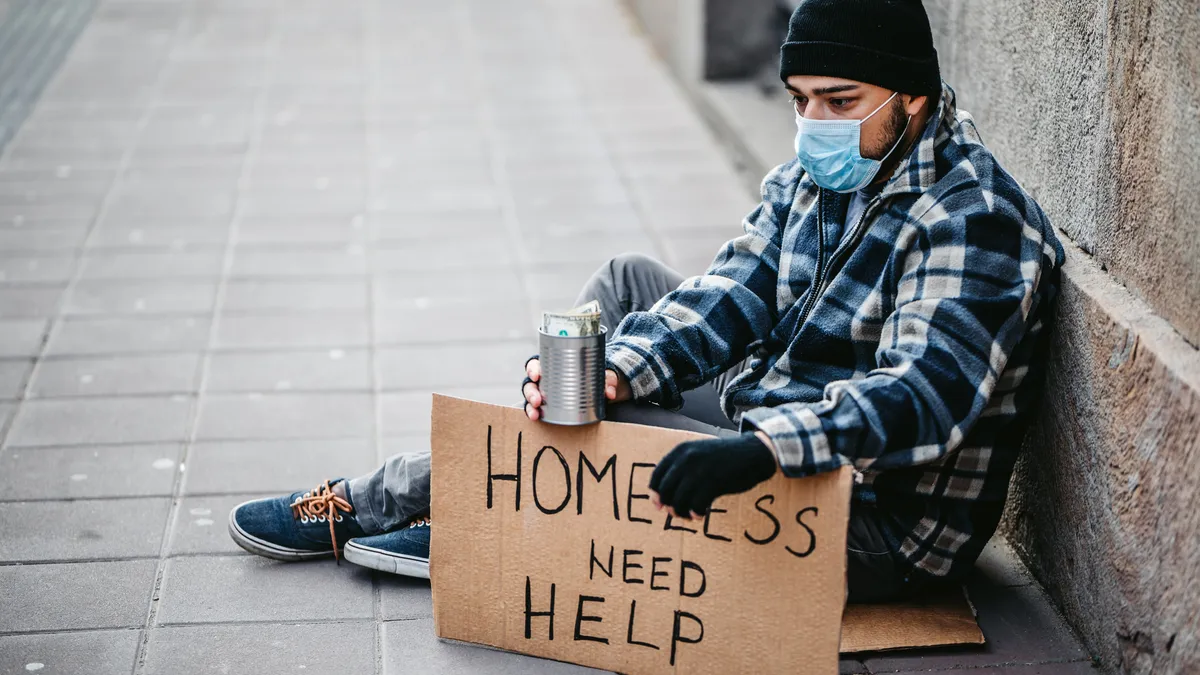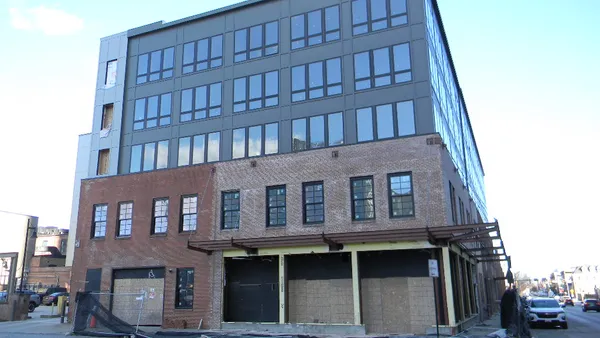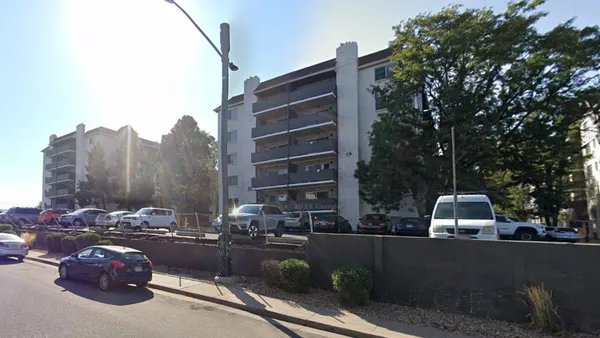Dive Brief:
- An emergency financial assistance program in Santa Clara County, California, significantly reduced the likelihood that individuals and families would become homeless, a University of Notre Dame study released last month finds.
- Individuals and families at imminent risk of homelessness or eviction who received short-term support via money for expenses such as rent or utilities through the program were 81% less likely to become homeless within six months and 73% less likely to do so over the course of a year, according to the study.
- The program also reduced other public expenditures around the use of emergency shelters, healthcare and the criminal justice system, said report co-author David Phillips, a research professor of economics at Notre Dame. It provided $2.47 in benefits per net dollar spent on emergency financial assistance, making such programs a “cost-effective option,” he said.
Dive Insight:
As U.S. cities grapple with an increasing number of people experiencing homelessness, their responses vary from criminalizing unsheltered homelessness to taking a housing-first approach.
This new research shows that programs that provide emergency financial assistance, covering costs such as a single month of rent or utilities, can be highly effective in preventing people from being evicted or becoming homeless in the first place. Such city- or nonprofit-operated programs are prevalent in cities including New York City, Chicago and San Francisco.
Santa Clara County is an area with high rent costs and high levels of homelessness. The program provides financial assistance, including assistance with rent, security deposits and utilities. The program is co-led by the county’s homeless prevention system and several nonprofit organizations, each operating in a different part of the county.
The Notre Dame study evaluated individuals and families at risk of being evicted or becoming homeless who were allotted financial assistance through the program between July 2019 and December 2020. Researchers reviewed 216 people who were selected from a subset of applicants at random to receive assistance and 362 others who met the criteria but were not selected. The average household receiving assistance received nearly $2,000, according to the report. The financial assistance was especially effective at preventing homelessness among households with a history of homelessness and households with no children.
The process of becoming homeless is “very costly for folks,” said Phillips, citing disruptions for kids, a higher chance that a person will experience health issues or face employment problems.
“Prevention is the thing that is less expensive to do because the situation is not as severe,” Phillips said.
A primary concern about such programs, according to the report, is that most individuals and families at risk of becoming homeless do not actually become homeless, thus targeting the money towards those who would otherwise become homeless is difficult. But Phillips said despite those concerns, there’s real evidence that such programs work.
“You offer it to a broad group of people knowing that a lot of those folks might be able to resolve their situations,” said Phillips. “But you know you’re going to get enough people that if they didn’t get the assistance, they would end up in a crisis, and you can solve it with this sort of temporary assistance.”
In the Santa Clara County program, the cost savings the program provides by reducing participants’ use of emergency shelters and healthcare and interactions with the criminal justice system are enough to take care of the administrative costs of the program but not enough to cover the financial assistance itself, Phillips said.












